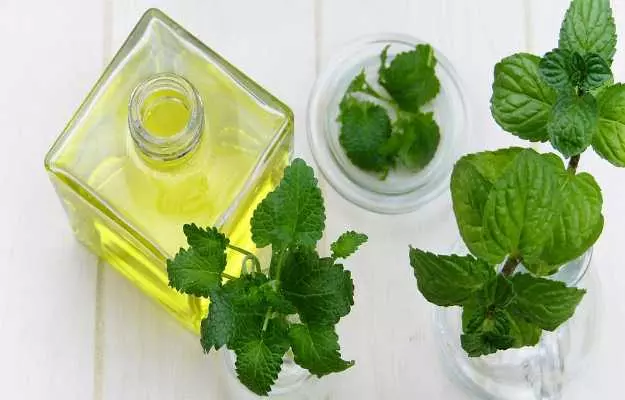Mint is one of the oldest and most popular herbs that is grown around the world. It belongs to the mint family along with basil. Lamiaceae or mint family includes 15 to 20 different mint species. Peppermint and spearmint are popular varieties of mint known for their strong and refreshing flavour.
Mint plant grows fast and doesn't need much care. It has small aromatic leaves and a slender stem. Mint plant can easily be grown in containers or pots and it thrives well in both indoor and outdoor environments.
Mint grown in the Asiatic region is much more strongly flavored as compared to the most European mints, which carry a sweet and cool aftertaste. The sweet and fresh mint aroma is used in a variety of dishes ranging from stuffing to fruit salads. It is an essential ingredient in many Indian as well as Middle Eastern recipes. It is mixed with plain yogurt and is popularly called raita. Mint can also be brewed with tea making the famous Indian Pudina Chai. It is also added as a flavouring agent in soups and to some spiced curries in Thai cooking.
But this mint isn't just a flavouring agent. Mint has abundant amounts of antioxidants. The cosmetic and medical industry often uses the aromatic chemicals and essential oils extracted from the mint leaves. Mint leaves are an important source of menthol which has various pharmaceutical and cosmetic uses.
Some basic facts about Mint:
- Scientific name: Mentha
- Family Name: Lamiaceae
- Common name: Pudina, Mint
- Sanskrit Name: Laksmigrha
- Native Region and Geographical Distribution: The largest producers of mint and mint related products such as mint oil are the US, India, and China.
- Interesting fact: Mint produces a fruit called nutlet. The fruit usually contains about 4 seeds.













